Beyond education, recreation and research, nature conservation and species protection are among the major missions of a scientifically managed zoo. In consequence, Schönbrunn Zoo is involved in conservation projects in the wild. The zoo provides funding, participates in captive-breeding programs, conducts public relations work, contributes expertise and actively supports research efforts. Numerous projects are supported long-term. Several projects are being conducted in faraway countries, others are anchored in Austria.
Giant panda species protection project
 In striving to protect the giant panda, Schönbrunn Zoo is closely cooperating with the China Wildlife Conservation Association (CWCA). The zoo is disseminating its expertise in the framework of nature conservation management seminars and contributes financially to maintaining and establishing nature reserves. More information
In striving to protect the giant panda, Schönbrunn Zoo is closely cooperating with the China Wildlife Conservation Association (CWCA). The zoo is disseminating its expertise in the framework of nature conservation management seminars and contributes financially to maintaining and establishing nature reserves. More information
Northern bald ibis species protection project
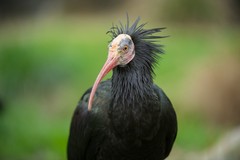 The Northern bald ibis is among the most highly endangered bird species in the world. In Europe, the black ibis only survived in zoos and is currently being reintroduced in the framework of an international project. Since 2022, Schönbrunn Zoo coordinates an EU-funded LIFE project to save this endangered bird species. More information
The Northern bald ibis is among the most highly endangered bird species in the world. In Europe, the black ibis only survived in zoos and is currently being reintroduced in the framework of an international project. Since 2022, Schönbrunn Zoo coordinates an EU-funded LIFE project to save this endangered bird species. More information
Batagur baska species protection project
 Batagur baska (Northern river terrapin) is one of the three rarest turtle species in the world. In 2010 the zoo proudly announced the world’s first-ever captive-bred hatchling. Beyond the important captive-breeding program, the zoo initiated a rescue operation in Bangladesh and southern India. More information
Batagur baska (Northern river terrapin) is one of the three rarest turtle species in the world. In 2010 the zoo proudly announced the world’s first-ever captive-bred hatchling. Beyond the important captive-breeding program, the zoo initiated a rescue operation in Bangladesh and southern India. More information
Orangutan species protection project
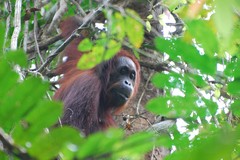 Habitat loss is proving to be a major threat to orangutans. The Red List classifies these fascinating great apes as threatened with extinction. Schönbrunn Zoo is supporting the research and nature conservation measures being conducted in the framework of the HUTAN project on Borneo. More information
Habitat loss is proving to be a major threat to orangutans. The Red List classifies these fascinating great apes as threatened with extinction. Schönbrunn Zoo is supporting the research and nature conservation measures being conducted in the framework of the HUTAN project on Borneo. More information
Polar bear species protection project
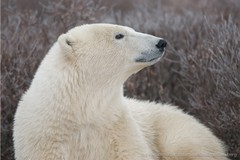 In the Arctic region, climate change is literally causing the ice to melt under the paws of polar bears. According to the most recent estimates, only about 20,000 polar bears still live in the polar regions of the North. The zoo supports the project of Polar Bears International, one of the major initiatives to save these bears. More information
In the Arctic region, climate change is literally causing the ice to melt under the paws of polar bears. According to the most recent estimates, only about 20,000 polar bears still live in the polar regions of the North. The zoo supports the project of Polar Bears International, one of the major initiatives to save these bears. More information
Barbary macaque species protection project
 Habitat destruction is the main threat facing Barbary macaques. The zoo is a supporter of the species protection project Barbary Macaque Awareness and Conservation (BMAC), which conducts education programs and is working to help ensure that illegally captured macaques are released again. More information
Habitat destruction is the main threat facing Barbary macaques. The zoo is a supporter of the species protection project Barbary Macaque Awareness and Conservation (BMAC), which conducts education programs and is working to help ensure that illegally captured macaques are released again. More information
Lowland tapir species protection project
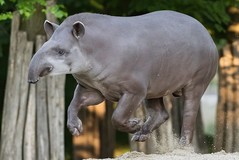 The major threats the lowland tapir is facing are poaching, diseases and habitat destruction. In the framework of a comprehensive research project in South America, GPS-collars are providing insights into the lifestyle of these animals. Fecal and tissue samples are analyzed and local residents are being informed More information
The major threats the lowland tapir is facing are poaching, diseases and habitat destruction. In the framework of a comprehensive research project in South America, GPS-collars are providing insights into the lifestyle of these animals. Fecal and tissue samples are analyzed and local residents are being informed More information
European pond turtle species protection project
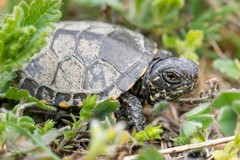 The European pond turtle is the only turtle species native to Austria. Sadly, its´ populations are declining dramatically throughout all of Europe. In cooperation with the Donau-Auen National Park, home to Austria‘s last intact population, the zoo is conducting a species protection project. More information
The European pond turtle is the only turtle species native to Austria. Sadly, its´ populations are declining dramatically throughout all of Europe. In cooperation with the Donau-Auen National Park, home to Austria‘s last intact population, the zoo is conducting a species protection project. More information
Bearded vulture species protection project
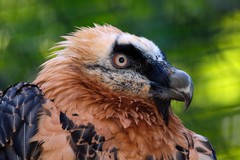 Maligned as carrying off children and lambs, this harmless bird was eradicated in the early 20th century. Since 1986, captive-bred animals from zoos have been used to successfully reintroduce this species. The individuals currently inhabiting the high alpine mountains include birds that hatched at Schönbrunn Zoo. More information
Maligned as carrying off children and lambs, this harmless bird was eradicated in the early 20th century. Since 1986, captive-bred animals from zoos have been used to successfully reintroduce this species. The individuals currently inhabiting the high alpine mountains include birds that hatched at Schönbrunn Zoo. More information
Salamander species protection project
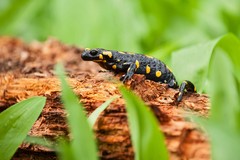 The fungal disease chytridiomycosis poses a threat to amphibians. In Europe it is caused by two fungi, one of which – Batrachochytrium salamandrivorans, abbreviated Bsal – was first described in 2013. The zoo is studying the potential infection status of Austrian salamanders and newts in cooperation with many additional institutions. More information
The fungal disease chytridiomycosis poses a threat to amphibians. In Europe it is caused by two fungi, one of which – Batrachochytrium salamandrivorans, abbreviated Bsal – was first described in 2013. The zoo is studying the potential infection status of Austrian salamanders and newts in cooperation with many additional institutions. More information
Ural owl species protection project
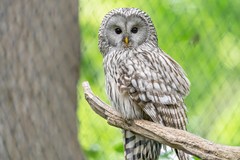 Habitat loss was responsible for the extirpation of the Ural owl in Austria. The improved environmental conditions prompted a reintroduction project supported by Schönbrunn Zoo, which contributed its own captive-bred chicks. More information
Habitat loss was responsible for the extirpation of the Ural owl in Austria. The improved environmental conditions prompted a reintroduction project supported by Schönbrunn Zoo, which contributed its own captive-bred chicks. More information
Egyptian vulture species protection program
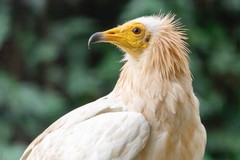 Egyptian vultures are becoming increasingly rare in their entire distribution range. Especially the population on the Balkan has been decreasing dramatically in the last three decades and currently consists of around 50 breeding pairs. Above all, the illegal use of poison bait and the high mortality during the first migration flight led to a population decline. More information
Egyptian vultures are becoming increasingly rare in their entire distribution range. Especially the population on the Balkan has been decreasing dramatically in the last three decades and currently consists of around 50 breeding pairs. Above all, the illegal use of poison bait and the high mortality during the first migration flight led to a population decline. More information
Corncrake species protection project
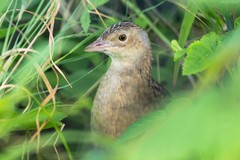 Up to two brooding sites of this - in Austria - rare meadow bird are located in meadows managed by Schönbrunn Zoo in the Vienna Woods. The zoo strives to preserve the diversity of plant and animal species in the Vienna Forest. More information
Up to two brooding sites of this - in Austria - rare meadow bird are located in meadows managed by Schönbrunn Zoo in the Vienna Woods. The zoo strives to preserve the diversity of plant and animal species in the Vienna Forest. More information
Wildlife detection dogs project
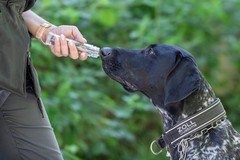 A suitcase filled with rare parrots or chameleons, small turtles, snakes or spiders: Organized trafficking of endangered animal species is a billion-euro business and a serious threat to biodiversity on a global scale. Even tourists may unknowingly buy souvenirs manufactured from endangered animal species, such as hawksbill turtles or corals. For many years the Austrian Customs Authority and Schönbrunn Zoo closely collaborate in the fight against animal trafficking. More information
A suitcase filled with rare parrots or chameleons, small turtles, snakes or spiders: Organized trafficking of endangered animal species is a billion-euro business and a serious threat to biodiversity on a global scale. Even tourists may unknowingly buy souvenirs manufactured from endangered animal species, such as hawksbill turtles or corals. For many years the Austrian Customs Authority and Schönbrunn Zoo closely collaborate in the fight against animal trafficking. More information
Pangolin species protection project
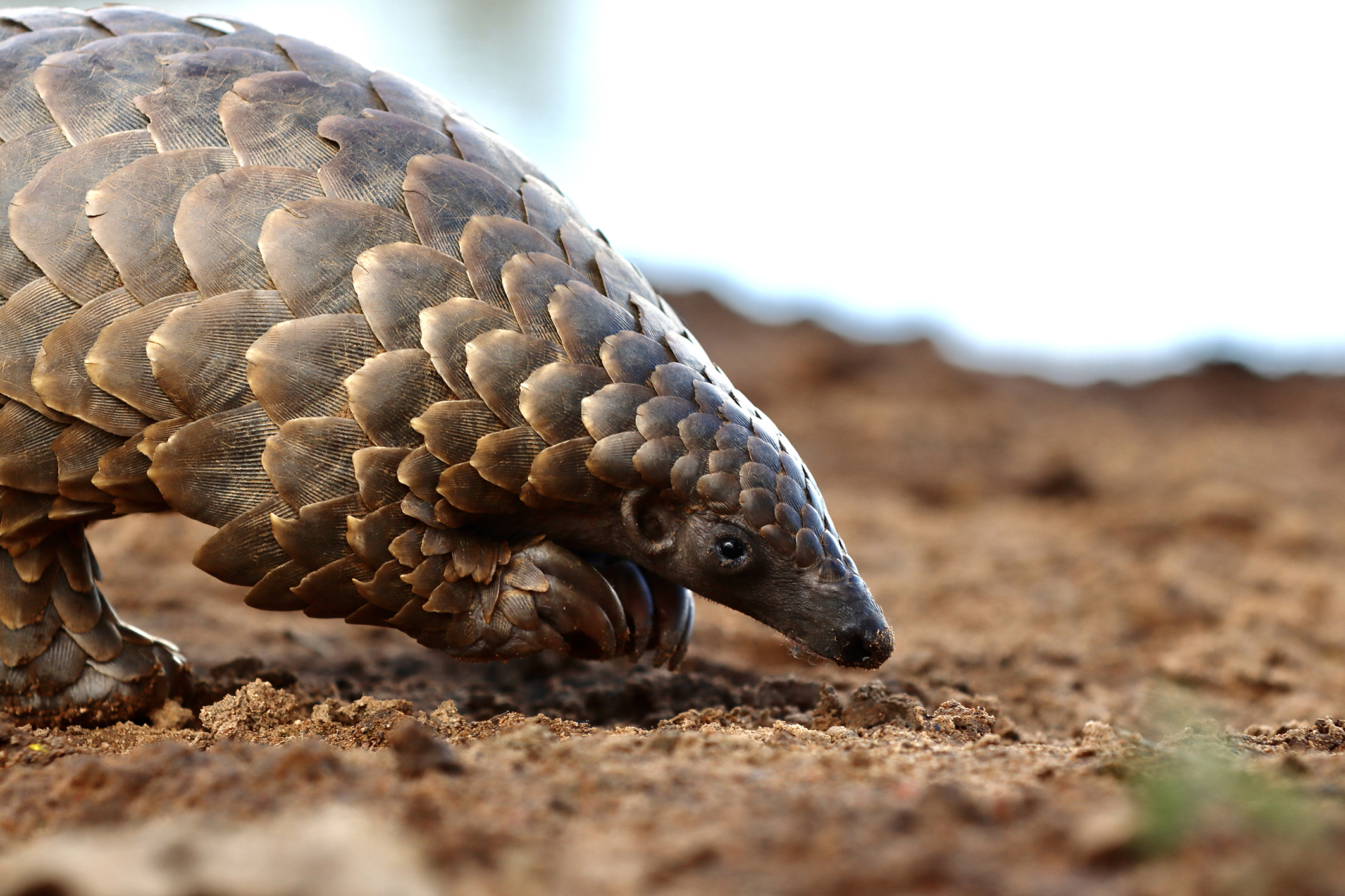 Only 8 pangolin species exist worldwide. All of them are severely threatened not only by illegal animal trafficking. With the support of Schönbrunn Zoo the Pangolin Conservation and Research Foundation (PCRF), trains rangers in Namibia, fights poaching and rehabilitates trafficked pangolins to release them back into the wild. More information
Only 8 pangolin species exist worldwide. All of them are severely threatened not only by illegal animal trafficking. With the support of Schönbrunn Zoo the Pangolin Conservation and Research Foundation (PCRF), trains rangers in Namibia, fights poaching and rehabilitates trafficked pangolins to release them back into the wild. More information
African elephant species protection project
 Together with the organisation ‘Save the Elephants’, Schönbrunn Zoo is working to secure the future of the African savanna elephant in its natural habitat. As part of this species conservation project, important basic research is being carried out in Vienna, the results of which are directly incorporated into the conservation measures for wild elephants in Kenya. More information
Together with the organisation ‘Save the Elephants’, Schönbrunn Zoo is working to secure the future of the African savanna elephant in its natural habitat. As part of this species conservation project, important basic research is being carried out in Vienna, the results of which are directly incorporated into the conservation measures for wild elephants in Kenya. More information
